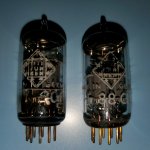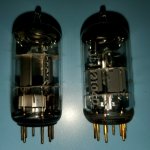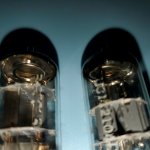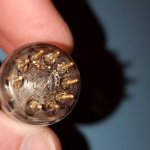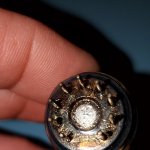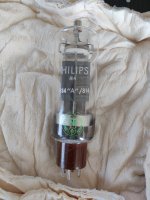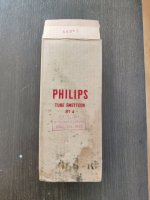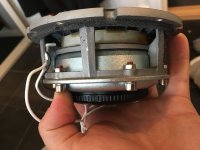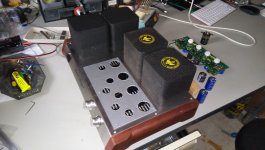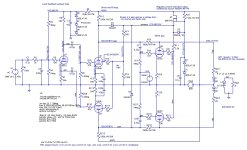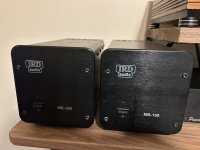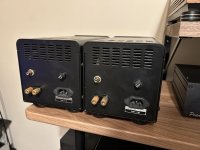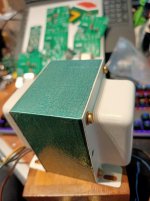I'm new(ish) to using digital streaming. I had been successfully using Ropieee through a Raspberry Pi over the last 3 years or so. I used various DAC hats or USB outputs to various DACs.
I've now expanded my horizons, and I'm trying out some new things that I desperately do not wish to screw up.
After assembling some of the Ian Canada parts into a very basic setup, I have the Gentoo Player on the Raspberry Pi configured for USB output to a DAC. I set it up as a Roon Bridge, and it seems to be working quite well.
Now, I want to try out the other "fancy" Ian Canada parts to output the signal to the DAC properly over the various interface options.
A few (okay a lot of) questions:
First the I2S
- I assume in Gentoo player one would select the "DAC" as Generic I2S, correct?
- Then, as but one example, I have a few DACs. One is a Topping D90. I noticed that the pinout for the Ian Canada board is:
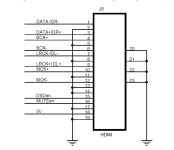
In the manual for the Topping, it shows the following for phase:

It would seem that I would need to reverse the phase with the D90 (or just remember to do it in Roon, I think) - no big deal.
What's odd (to me) is that it shows the following for DSD:
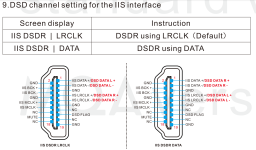
If I'm interpreting this correctly (highly suspect) the two (Ian's board and the D90 with DSD) cannot match. I can either have the phase reversed or the channels reversed, correct? I don't play a lot of DSD, but I'd like to have it set up properly.
It seems like it may be easiest to change the DSD to DSDR Data to get the channels correct. I can leave the phase alone. It would be inverted for both types. Then, I can just leave the phase inverted in Roon, if I actually care at all about absolute phase... which... I don't really, but...
OR
Are those settings independent of each other? i.e. if I swap the phase in the preceding step, it ALSO applies to the DSD?
I can test all of this, but it would be nice to not need to fool with testing phase.
So, if anyone knows, I'd be grateful.
-------------------------------------------
Next the AES
Onto the one that I really don't have a clue about... Gentoo Player with the TransportPiAES.
Do I still leave the "DAC" in Gentoo Player as generic I2S when I swap over to that?
Also, does anyone know how to use the Ian Canada I2S and the AES boards in a stacked configuration? I'd love to have both options permanently mounted, so I don't have to swap back and forth. However, the Masterclock from the Fifopi can only go to one thing, I think. Any advice is appreciated.
Just getting the Gentoo Player set up and running was a monumental task. In hindsight, it's easy as Pi

It just had a steep learning curve for me. It's playing now, and it hasn't glitched, so... I'm leaving it alone... until I may need to change it for the AES board...

Edited to insert thumbnails vs. have the massive pics.
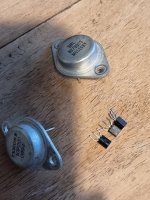
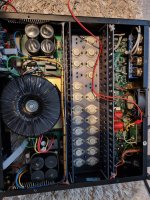

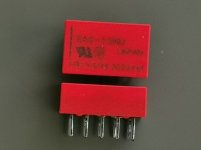
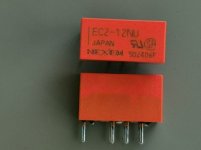
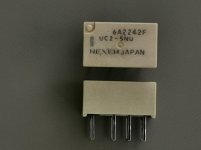
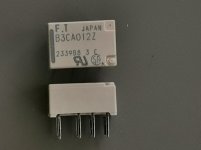
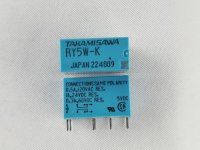
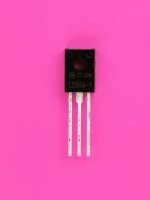
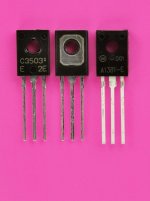
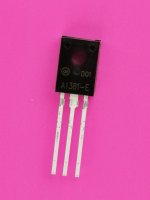
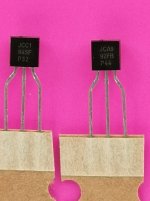
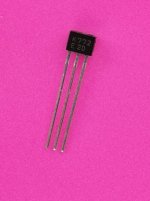
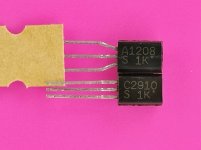
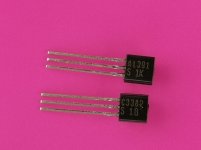
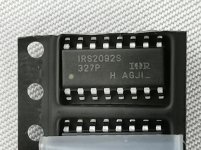
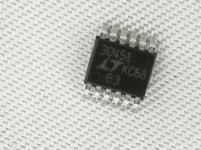
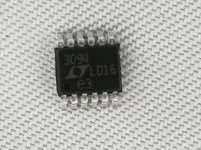
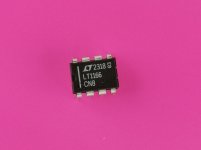
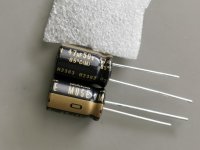
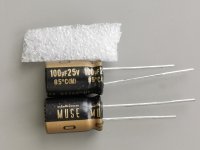
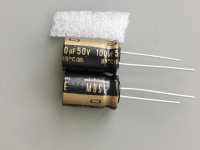
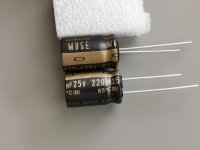
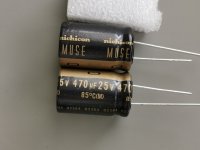
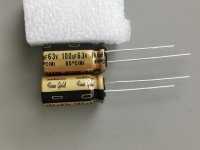
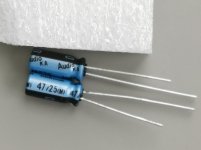
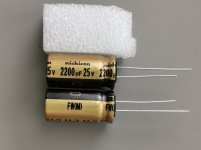
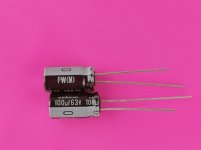
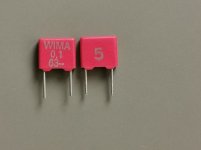

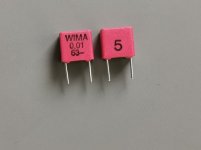
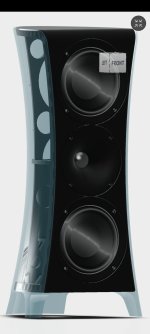
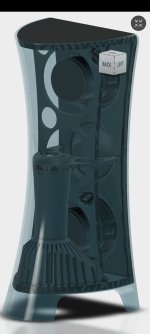
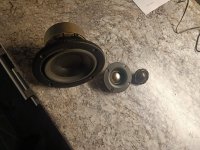
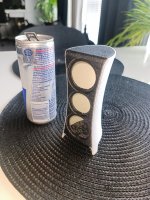
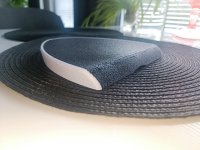
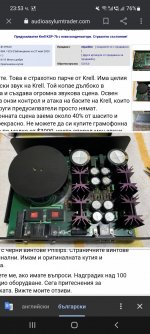
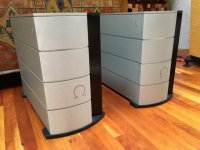
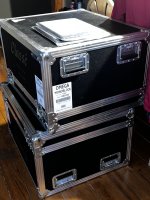
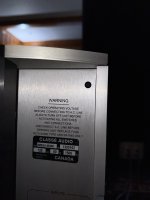
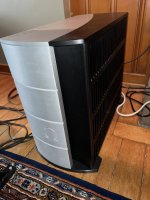
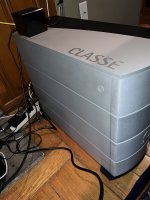
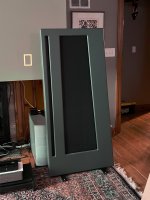
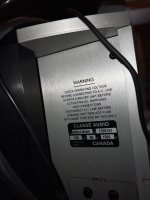
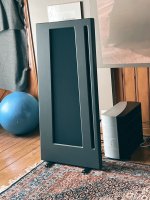
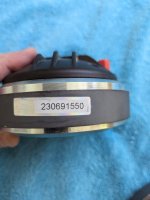
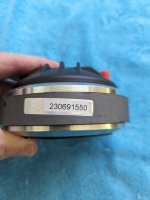
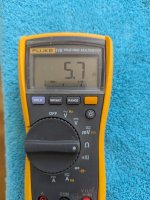
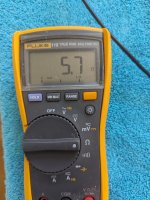
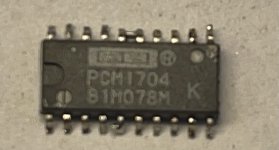
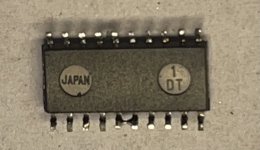
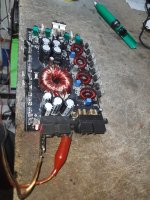

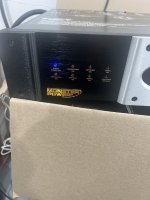
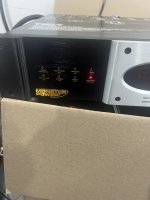
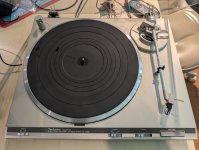
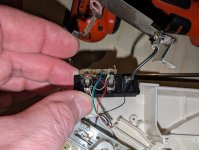
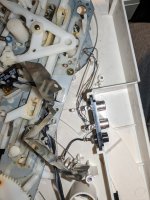
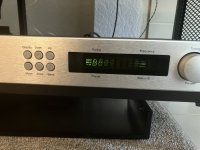
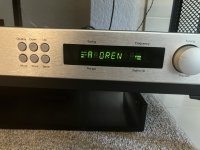

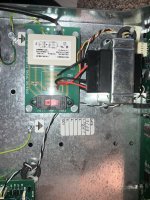
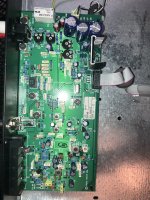
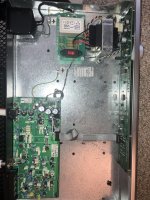
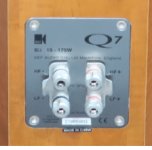
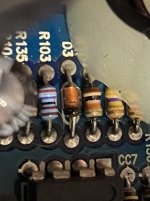




 It just had a steep learning curve for me. It's playing now, and it hasn't glitched, so... I'm leaving it alone... until I may need to change it for the AES board...
It just had a steep learning curve for me. It's playing now, and it hasn't glitched, so... I'm leaving it alone... until I may need to change it for the AES board...
